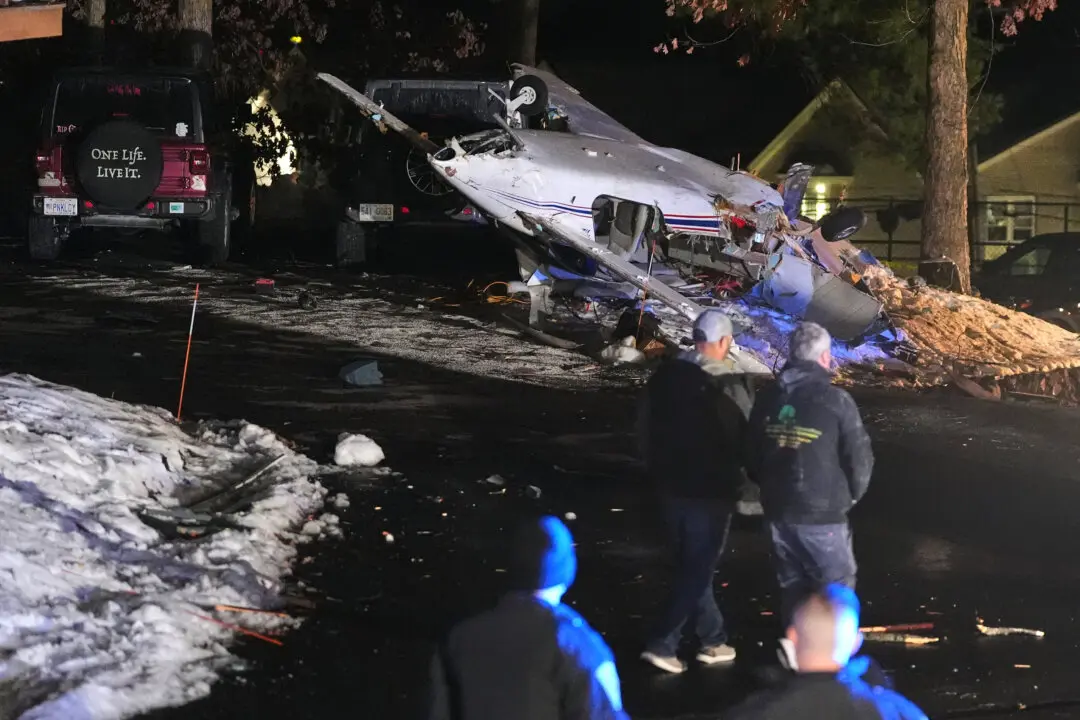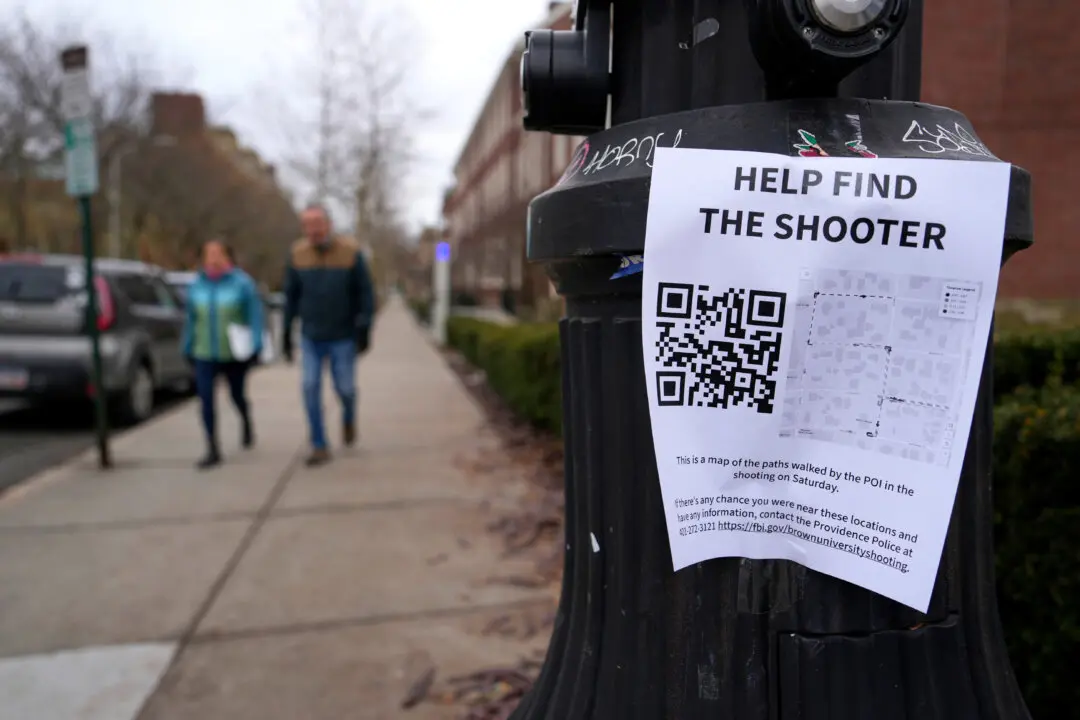A tsunami believed to be triggered by a volcanic eruption killed at least 222 people in Indonesia during a busy holiday weekend, sweeping away hotels, hundreds of houses and a group of people attending a beach concert.
More than 800 people were reported injured after the tsunami hit around the Sunda Strait at 9:27 p.m. on Dec. 22, the Disaster Management Agency. At least 28 others were missing, but the toll could continue to rise because some areas had not yet been reached.




